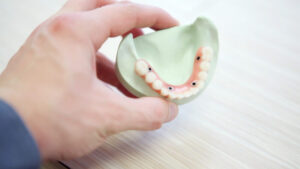
Tartar And Plaque:Remove Methods Without A Dentist
Tartar and plaque, known as dental calculus, form on teeth when plaque accumulates and starts to harden. Not only is tartar visually unappealing, but it
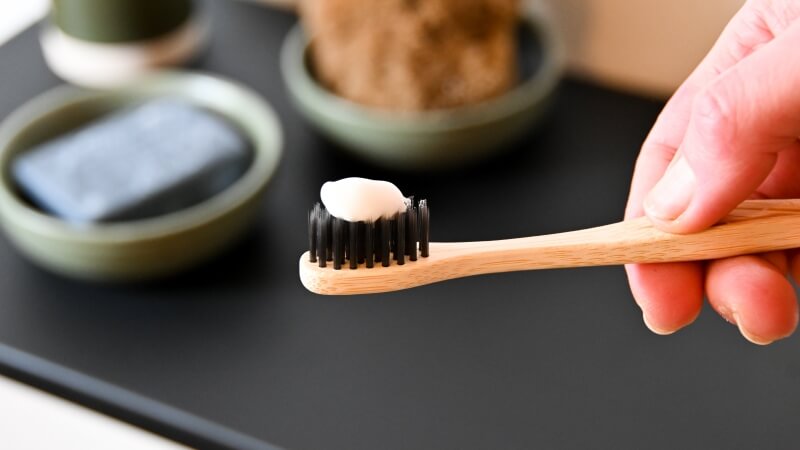
Are you tired of the never-ending battle against the unseen foes on your toothbrush? Look no further, because in this amusing blog post, we’re about to embark on a toothbrush hygiene adventure! We’ll be comparing the mighty toothbrush sanitizer with the tried-and-true traditional methods of cleaning your toothbrush.
But before we delve into the world of dental hygiene tech, let’s kick things off with a punch: toothbrush sanitizer!
Toothbrush sanitizer, the term itself sparks curiosity and maybe a little skepticism. After all, for years, we’ve trusted our toothbrushes to do the job they were designed for – cleaning our teeth.
But what if I told you that even the mightiest toothbrush could use a little backup? It’s time to explore why a toothbrush sanitizer might just be the unsung hero in your daily dental routine.
The toothbrush – is a humble tool in our daily arsenal against plaque and cavities. But beneath its bristles lies a secret world teeming with microbes, bacteria, and potentially, germs that could compromise your oral health. This is where the quest for toothbrush perfection begins.
Think about it – your toothbrush goes into your mouth twice a day, scrubbing away food particles and bacteria. It’s exposed to moisture, which can foster microbial growth, and it’s often stored in a bathroom, a place known for airborne particles and, well, let’s say it, toilet flushes. It’s time to face the harsh reality – your toothbrush might not be as clean as you’d like it to be.
Enter the notion of toothbrush sanitizer – a device designed to eliminate those hidden culprits and keep your toothbrush pristine. But before we delve into the wonders of this high-tech hero, let’s take a moment to appreciate the simplicity of traditional toothbrush cleaning methods.
We’ve all been there – rinsing our toothbrushes under tap water and hoping for the best. This age-old method has been the go-to for generations, and it’s hard to argue against its simplicity. But does it truly banish the invaders hiding in the bristles?
Let’s not dismiss tradition just yet. A thorough rinse with tap water can indeed remove visible debris from your toothbrush. It’s quick, easy, and requires no additional gadgets. However, what it doesn’t address are the microscopic threats that remain concealed. Those pesky germs and bacteria, once entrenched, can pose a risk to your dental health.
So, while traditional cleaning methods may provide a superficial cleanse, they might not offer the comprehensive defense your toothbrush needs. That’s where the toothbrush sanitizer steps into the spotlight.
Enter the toothbrush sanitizer, a modern marvel designed to combat germs, bacteria, and microbes with the power of UV-C light. These gadgets are sleek, stylish, and often come with features that make them a welcome addition to any bathroom. But are they the real deal or just another gimmick in the world of hygiene gadgets?
Toothbrush sanitizers are the superheroes of oral hygiene. They promise to do what traditional cleaning methods cannot – annihilate the unseen army of germs hiding on your toothbrush. They use advanced technology, including UV-C light, to achieve this feat, and they do it with flair.
Imagine placing your toothbrush into a sleek device that bathes it in UV-C light, like a dental spa treatment. This light is the secret sauce, as it effectively neutralizes bacteria, viruses, and other microorganisms that may be lurking on your toothbrush. It’s like a tiny tanning bed for your toothbrush, but instead of a golden glow, it comes out with a germ-free shine.
Underneath the glossy exteriors of toothbrush sanitizers lies the power of UV-C technology. It’s like a ray of sunshine, but with a vengeance. Let’s break down how it works its magic.
UV-C technology, often referred to as “ultraviolet germicidal irradiation,” is the secret weapon behind toothbrush sanitizers’ ability to rid your toothbrushes of harmful microorganisms. UV-C light, which falls in the ultraviolet spectrum, has germicidal properties, meaning it can destroy the DNA and RNA of bacteria, viruses, and other pathogens, rendering them harmless.
Here’s how UV-C technology works in toothbrush sanitizers:
This technology is not only highly effective but also safe for humans when used as intended. It provides a chemical-free and environmentally friendly way to keep your toothbrush free from harmful pathogens.
Now that we understand the contenders – the toothbrush sanitizer armed with UV-C technology and the age-old tradition of rinsing under tap water – let the battle of the bristles commence. We’ll explore the pros and cons of each method, so you can make an informed decision for your oral health.
Pros of Toothbrush Sanitizer
Cons of Toothbrush Sanitizer:
Pros of Traditional Cleaning:
Cons of Traditional Cleaning:
The battle lines are drawn: convenience vs. tradition. Traditionalists argue that a quick rinse is all it takes to maintain oral hygiene. And they have a point – it’s a simple and familiar routine that has served us well for generations.
However, toothbrush sanitizer enthusiasts champion the convenience of effortless sanitization. It’s like having a personal hygiene valet, ensuring that your toothbrush is always in top-notch condition. No need to worry about proper drying or storage – just pop it in the sanitizer, and you’re good to go.
Hygiene vs. Habits
It’s the classic showdown – hygiene vs. habits. Those who swear by traditional cleaning methods often cling to the comfort of familiarity. It’s what they’ve always done, and it’s worked thus far.
On the other hand, proponents of toothbrush sanitizers prioritize hygiene and the peace of mind that comes with knowing that their toothbrush is germ-free. They’re willing to embrace innovation and break free from old habits.
In conclusion, the choice between a toothbrush sanitizer and traditional cleaning methods ultimately depends on your priorities. If you crave the peace of mind that comes with high-tech hygiene and a dash of style, the sanitizer is your sidekick. But if you’re a firm believer in the old ways and trust in your rinsing rituals, tradition might be your ally.
Remember, whether you’re a tech-savvy hero or a guardian of tradition, a cleaner toothbrush is the first step towards a brighter smile. So, choose your weapon – the toothbrush sanitizer or the trusty old rinse – and let the battle for dental hygiene supremacy begin!


Tartar and plaque, known as dental calculus, form on teeth when plaque accumulates and starts to harden. Not only is tartar visually unappealing, but it
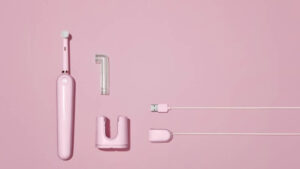
We are often contacted by customers complaining about a Sonicare toothbrush not charging. A charging issue is a common problem and can sometimes be misdiagnosed

Opting for an electric toothbrush for sensitive teeth can help alleviate discomfort and further protect against gum recession. But which model is ideal for those
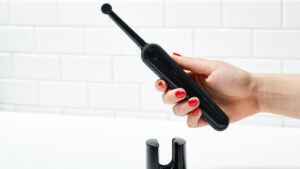
Have you learned how to use an electric toothbrush? It’s crucial to know not just for electricity but for any toothbrush type. Even though electric
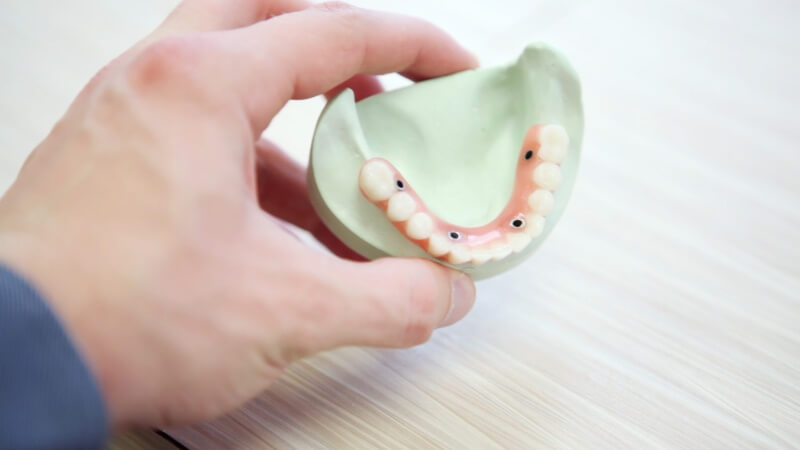
Tartar and plaque, known as dental calculus, form on teeth when plaque accumulates and starts to harden. Not only is tartar visually unappealing, but it
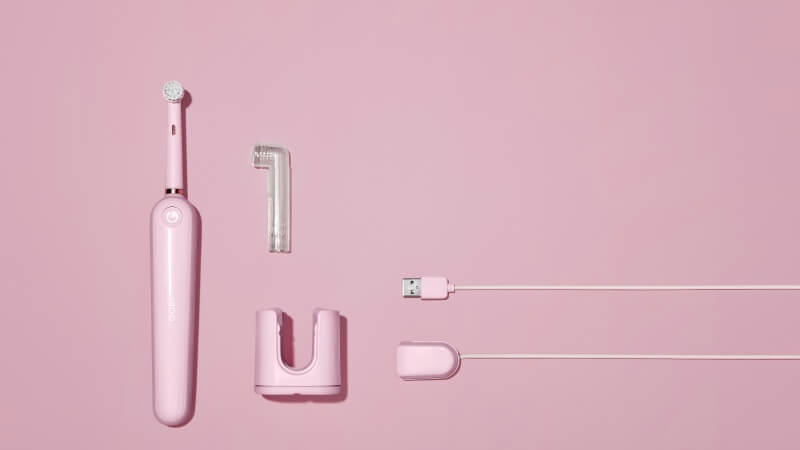
We are often contacted by customers complaining about a Sonicare toothbrush not charging. A charging issue is a common problem and can sometimes be misdiagnosed

Opting for an electric toothbrush for sensitive teeth can help alleviate discomfort and further protect against gum recession. But which model is ideal for those
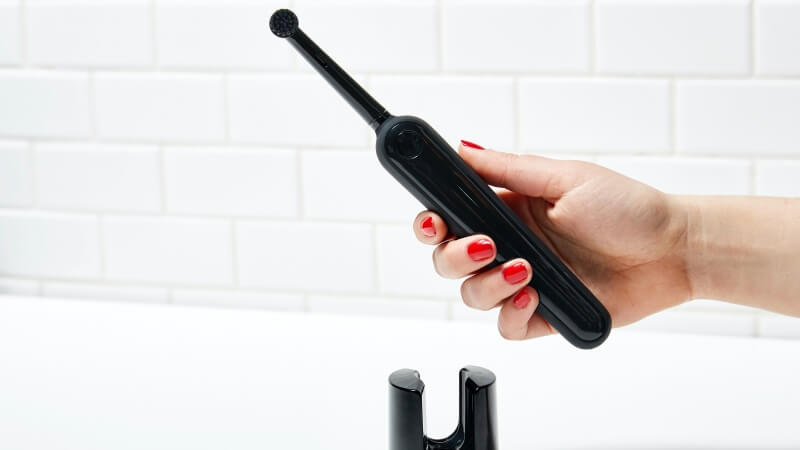
Have you learned how to use an electric toothbrush? It’s crucial to know not just for electricity but for any toothbrush type. Even though electric
Copyright © 2025 toothbrushsanitizerholder. All Rights Reserved.